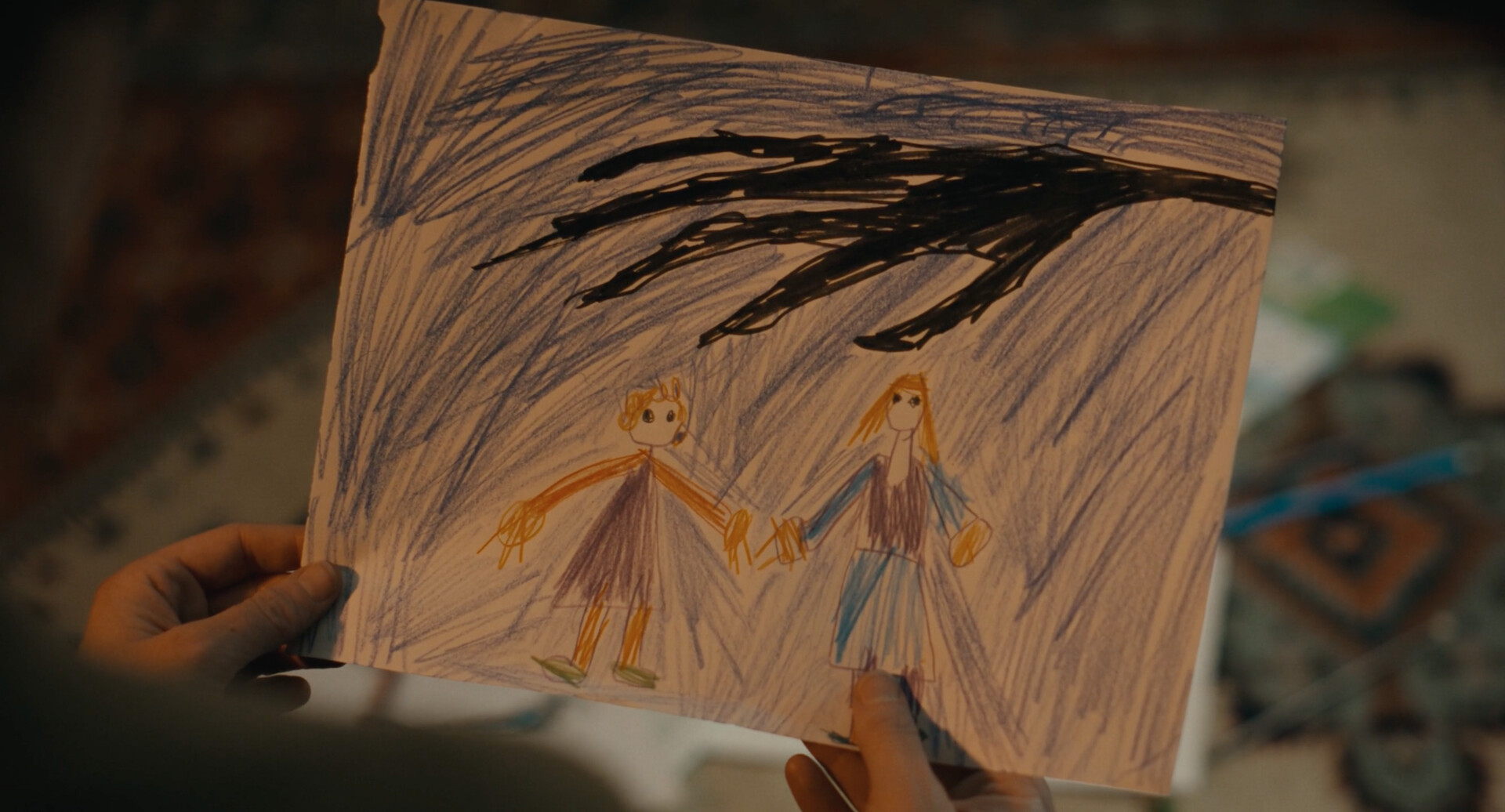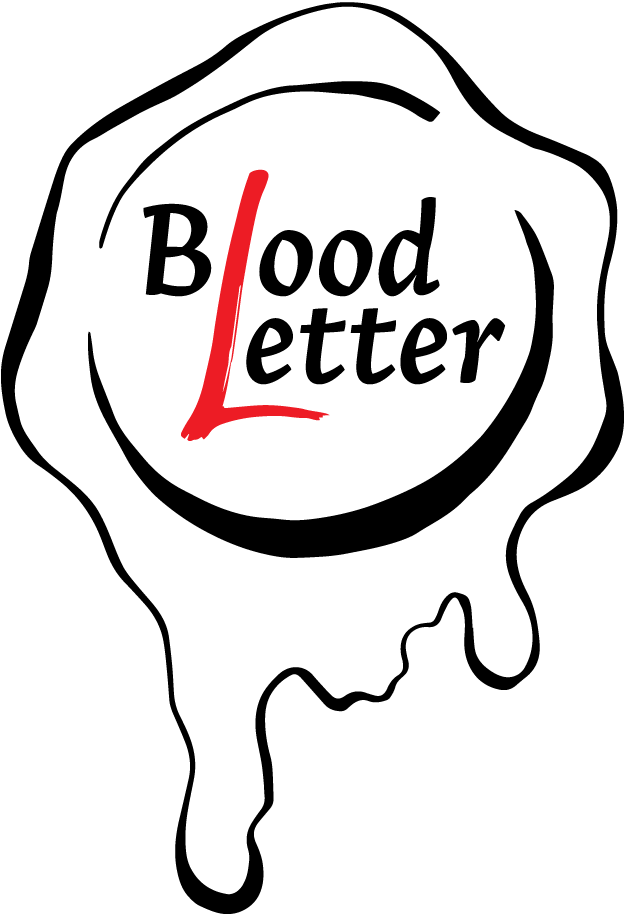IMPLIED MONSTERS
dir. Christine Nyland

Everyone knows that monsters are real. When explaining the appeal of horror and the longevity of its centuries-old gallery of stock villains, the genre aficionado will often fall back on the explanation that these monsters stand for something. We reify mental illness as lycanthropy, nationalist paranoia as body snatchers, and we of course have Marx to thank for drawing the line from vampires to Capital. Horror manifests our monsters to forms and spaces where they can be captured, examined, explained, even defeated (at least until the sequel); it is a fictional lens that grounds anxiety in narrative.
Implied Monsters asks: is this actually helping anybody?
Through snapshots and still lifes of a night shared by a mother and her daughter, director Christine Nyland illustrates the breakdown and failure of this dynamic. We first see the daughter, a reticent and withdrawn Dorothy Ashley-Jones, doing what you do when you are a child in a horror movie: drawing and being correct. We agree with her that the monsters are real; of course they are, this is a horror film. We watch as the mother, a delightfully condescending Meghan Jones, treats these monsters as a behavioral problem, the same as picky eating. She attempts to contain the blast radius, to make the problem go away and keep things moving. And she does. Her daughter smiles and believes for a moment that her mother has the solution to monsters.
We do not learn what these monsters are until later that night. The mother lifts the foreshadowed drawing into frame and we see that the monster is not some eerie figure that lurks between them, in the home, but a gnarled hand that reaches in (itself a foreshadowing for a delightful visual pun near the scene’s conclusion, as we learn why the child’s worried gaze lingers on the light outside).
The mother is pulled from the drawing by a phone call, and we learn whose hand encroaches. The daughter returns to explain further what her mother begins to grasp: they share the same monsters. The hand that takes, that grasps, that wants nonexistent money and, failing that, will settle for taking your life from you. The mother asks whether her daughter saw her monsters in a movie, but she inferred their existence from observation. She has seen hunger, felt it starting, and knows that it will not spare them. The mother’s affected self-confidence falls to sobbing; looking at her, we might think she’s watching a monster leap through the screen and take breath.
When the mother learns that her daughter’s monsters are hers as well, she cannot say she will handle them. She embraces her daughter and the hand looms over them and the phone still rings, stopping only when credits roll. But we know that the phone will never stop ringing, the same way we know monsters are real. In our world, there is no end to the film, and there are no narrative contrivances to cushion our fall. Everyone knows that monsters are real, and no one seems able to protect us. Is there anything to do in the face of this nauseous fact but cling together?
Tamsin Bloom is a short story writer living in Pittsburgh, whose writing focuses on identity and its reflections. Her work has appeared in places like Bloodletter Magazine and The Quiet Ones.
